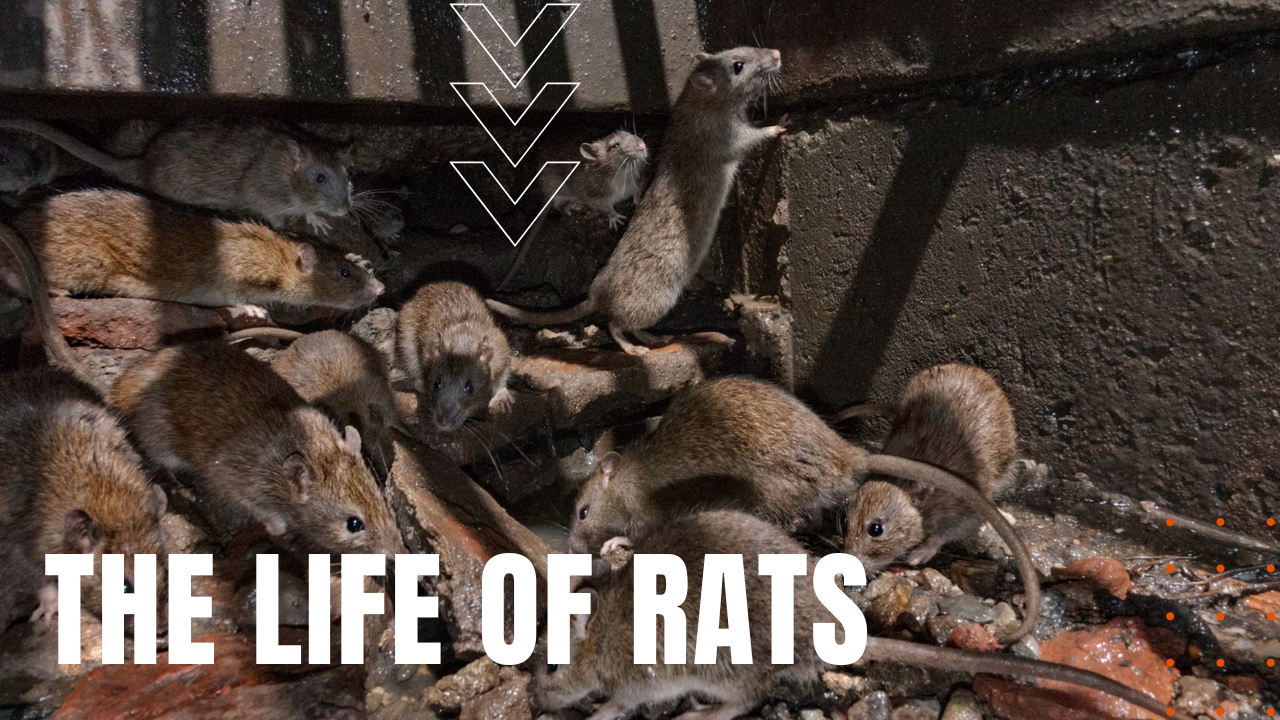The Life of Rats

Of the order Rodentia and the family Muridae, rats of the genus Rattus contain some 56 known species, although the Norway, brown and black rat are most commonly associated with these medium-sized rodents. Migrating aboard ships from Asia to Europe beginning in the 1200s and Europe to the Americas beginning in the 1600s, while rats are admired and revered in India as companions of the Hindu God Ganesha, most humans consider rats to be a disease-spreading, agriculturally destructive pest worthy of aggressive eradication measures.
Betting Frenzy
By the 1800s, rats, particularly Norwegian and white rats, became the focal point of a betting sport in both Europe and America, whereby people would bet on how many rats a terrier could kill in a small, confined pit, until rats became a useful adjunct in scientific laboratories for biomedical research. Now found on every continent on earth, rats are social animals capable of problem-solving, learning and communication with other rats using audible and ultrasonic vocalizations and various body postures. Like many other rodents, rats possess long, slender bodies and scaly tails, as well as incisors that grow continuously, and while their rapid growth incisors point to their herbivorous ancestry, modern rats exhibit omnivorous eating habits, largely based on the opportunistic makeup of their chosen habitat.
Landmine Detection
Matched with a keen sense of smell and taste that help them forage for food, rats have also been used in Africa and Southeast Asia to sniff out landmines left behind from wars and conflicts, including Cambodia, where over the past few decades, landmines have claimed the lives of more than 64,000 people. Ranging in size from Osgood’s rats measuring 4.7 to 6.7 inches to the giant Sumatran Bamboo Rat weighing eight pounds with a length of 20 inches, rats are known for their prolific population growth due to their remarkable reproductive capacity.
Vectors of Disease Transmission
Female rats, known as does, gestate their young for 21 to 23 days, before giving birth to six to twelve pups, who in turn become fertile themselves at just 21 days of age. Known as transmission vectors for such diseases as bubonic plague, leptospirosis, hantavirus and rat-bite fever, with an estimated population of seven billion rats worldwide, rodentia rattus presents an ancient and ongoing challenge for public health officials the world over.
